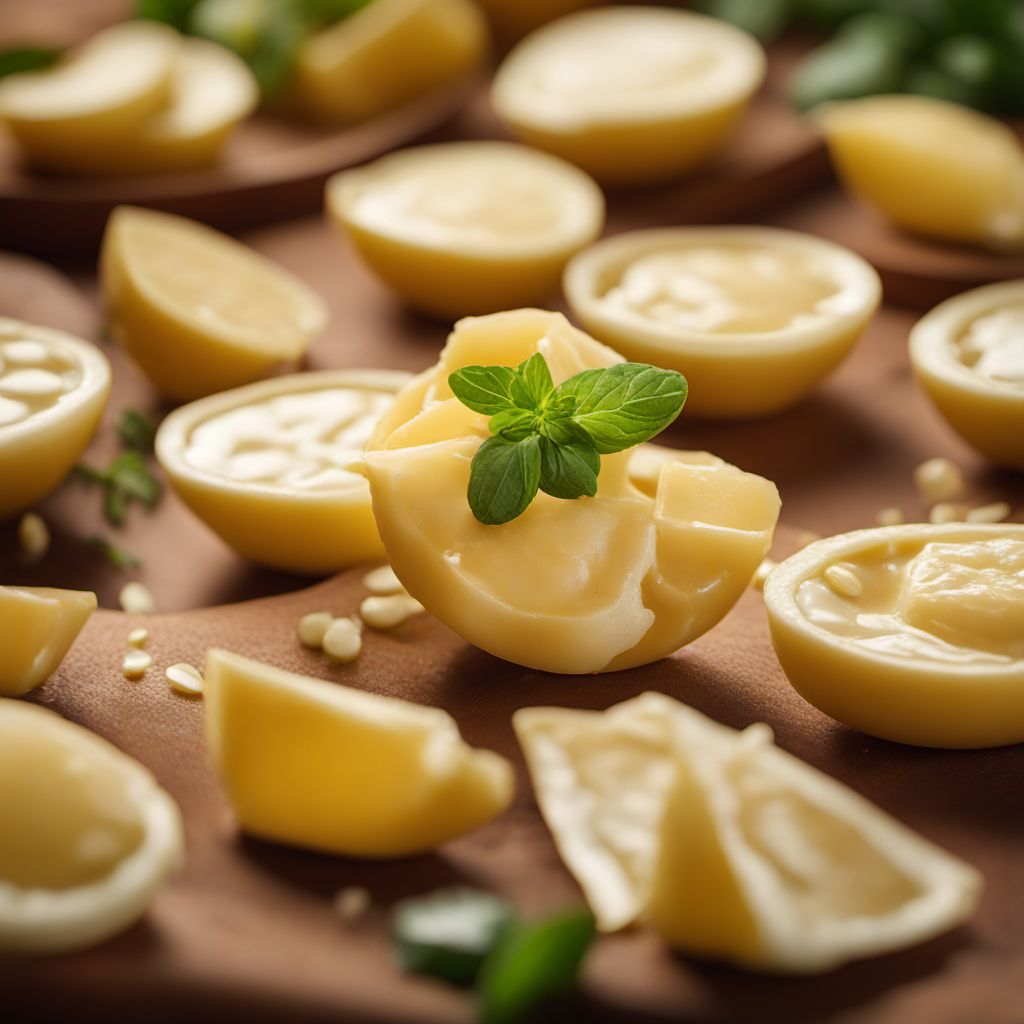
Ingredient
Halloumi
The Grilled Cheese of Cyprus
Halloumi is a semi-hard, unripened cheese with a distinctive salty flavor and a firm, chewy texture. It has a golden crust when cooked and a creamy interior. The cheese is made from a mixture of sheep's and goat's milk, giving it a rich and tangy taste.
Origins and history
Halloumi originated in Cyprus and has been a staple in the island's cuisine for centuries. It is believed to have been introduced by the Byzantines and has since become popular in various Mediterranean and Middle Eastern countries. Today, it is also produced in other regions, including Greece and the United Kingdom.
Nutritional information
Halloumi is a good source of protein and calcium, while also providing vitamins A and B. It is relatively high in fat and sodium, so it should be consumed in moderation.
Allergens
May cause allergic reactions in individuals with a known sensitivity to dairy products.
How to select
When selecting halloumi, look for a cheese that is firm and has a slightly springy texture. It should have a pale yellow color and a fresh, milky aroma. Avoid any with a slimy or sour smell.
Storage recommendations
Store halloumi in its original packaging or wrap it tightly in plastic wrap to prevent it from drying out. Keep it refrigerated and consume within a week of purchase. Once opened, it is best to consume it within a few days.
How to produce
Halloumi cheese is typically produced by combining sheep's and goat's milk with rennet and salt. The mixture is heated, curdled, and then pressed to remove excess whey. The resulting cheese is then brined to enhance its flavor and texture.
Preparation tips
Halloumi can be enjoyed grilled, fried, or baked. It is often served as a standalone dish, accompanied by fresh vegetables or salad. It can also be incorporated into sandwiches, wraps, or pasta dishes. For a unique twist, try grilling halloumi and serving it with watermelon or drizzling it with honey.
Substitutions
Feta cheese, paneer, or queso blanco can be used as substitutes for halloumi. However, they may not have the same texture or ability to hold their shape when cooked.
Culinary uses
Halloumi is commonly used in Mediterranean and Middle Eastern cuisines. It is often grilled or fried and served as a main course or appetizer. It can also be added to salads, sandwiches, or mezze platters.
Availability
Halloumi is commonly available in Cyprus, Greece, and other Mediterranean countries. It is also produced in the United Kingdom and can be found in specialty cheese shops or international grocery stores.
More ingredients from this category
Recipes using Halloumi » Browse all
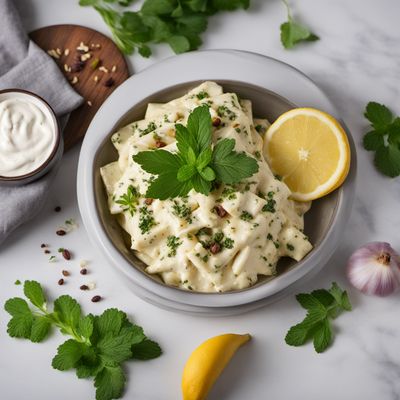
Cypriot Spundekäs with Halloumi
Creamy Halloumi Dip: A Cypriot Twist on German Spundekäs

Hellimli - Grilled Halloumi Salad
Mediterranean Delight: Grilled Halloumi Salad with Fresh Herbs and Citrus Dressing

Flaouna - Traditional Cypriot Cheese Pastries
Savory Delights from Cyprus: Irresistible Flaouna Cheese Pastries
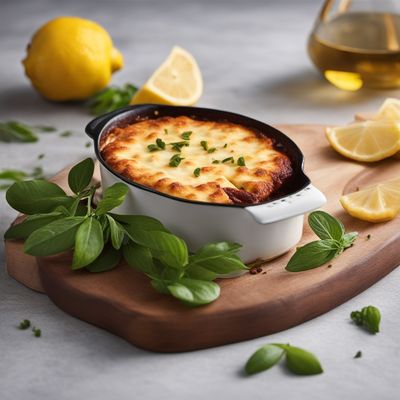
Flaming Greek Cheese Delight
Mediterranean Fire: Flaming Greek Cheese Delight

Arab-Style Breakfast
Aromatic Morning Delight: Arab-Inspired Breakfast

Cypriot-style Broccoli Cake
Mediterranean Delight: Cypriot-style Broccoli Cake
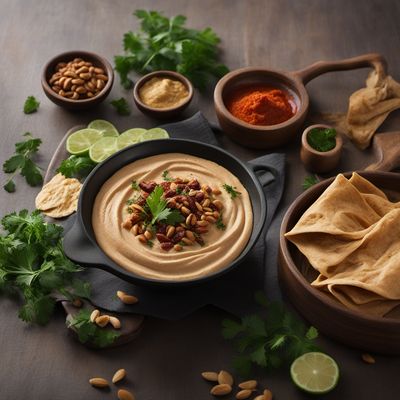
Hummus Kawarma with Spiced Lamb and Pine Nuts
Middle Eastern Delight: Spiced Lamb Hummus Kawarma
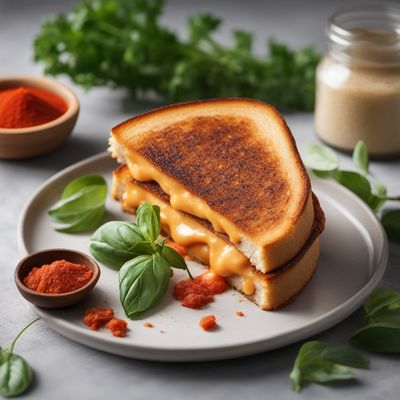
Romani Hellimli - Grilled Cheese with a Twist
Sizzling Romani Hellimli: A Fiery Twist on Grilled Cheese
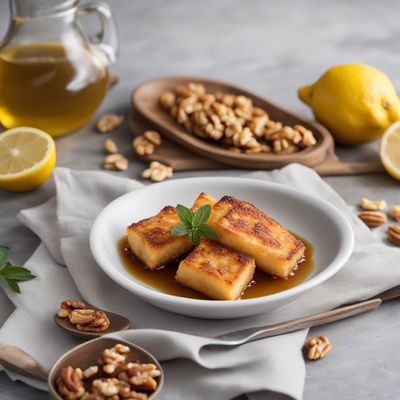
Greek-Style Fried Cheese with Honey and Walnuts
Mediterranean Melting Delight: Crispy Saganaki with Sweet Honey and Crunchy Walnuts

Cypriot Lobster Thermidor
Mediterranean Delight: Cypriot Lobster Thermidor

Cypriot-Style Kitchener Bun
Fluffy Delight: Cypriot-Style Kitchener Bun

Mediterranean Eggs Benedict
Mediterranean Sunrise